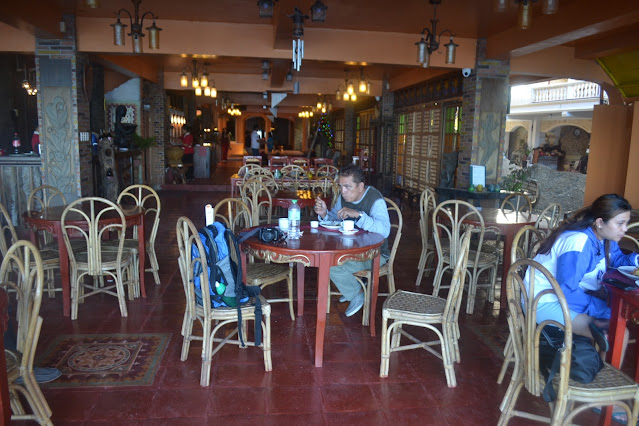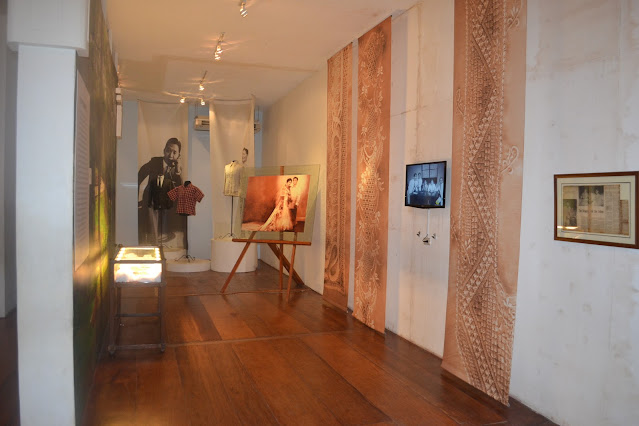Location: Agno Road, Burgos, Ilocos Norte, Philippines
Updated: November 2019
This is such a geological wonder located along the beach where the guests can have the option of visiting the place through trekking or horseback riding. If there is Biri Rock formation in Northern Samar, then Ilocos Norte has its very own Kapurpurawan rock formations.
The creamy white and streamlined limestone formations of Kapurpurawan
Visiting this place in the afternoon is not recommended. It is very hot here. As you approach the place, its entry is almost blocked by makeshifts selling souvenir items. Then, you have to walk down. There is no need to have a guide, the place is not so big.
The windmills at the background
I was amazed to know that windmills are not only installed in Bangui town but also here in Burgos near the Kapurpurawan. Since it was so hot in the afternoon of my visit, some of my colleagues did not even bother to go down from our chartered van.
Capturing the rock formation with intimacy
The entrepreneurial locals offering horseback riding were offering us a ride for a fee just to roam around which I also liked, but riding a horse would even exposed you to the searing heat of the sun and you can not just simply hide from the shady parts of the rock formations.
The access road going to Kapurpurawan rock formations
As this one is located in the municipality of Burgos where the Cape Bojeador Lighthouse is located, then, both should be scheduled one after another to save time. The municipality of Burgos, was named after the martyred priest, José Apolonio Burgos y García, a Filipino mestizo secular priest, accused of mutiny by the Spanish colonial authorities in the Philippines in the 19th century. However, a little background would suffice for my reader’s delight.
The statue of the epic of Ilocos Biag ni Lam-ang
Since its exact location is along Bangui Bay, then it is also close to the Bangui Windmills. On the other hand, the term “kapurpurawan” means white since all the rock formations you will see there are all white.
This part has been closed to the visiting public
From the early times, tourists can get closer on its rock formations. However, with some people leaving marks and vandalism on these rock formations, the local tourism management has now restricted some parts of it to be at the close encounter by the tourists. They can only be viewed or taken with pictures at a distance. But you don’t have to worry since some parts of it are still open to tourists to get close and experience its natural beauty through a natural touch.
The other part of this destination
As a consolation, there is no entrance fee charged here. However, some said some locals are collecting entrance fees as some locals would approach the guests and charge an entrance fee. But in my observation, Ilocos tourism would give you a ticket if you will pay an entrance fee. In my case, nobody approached me to ask for an entrance fee. Just be reminded that since it is an open with no shades of trees around, you must take with you some covering like an umbrella and equip yourself with wrench quenching drinks since it is really hot in here. It is open from 6:00 A.M. to 6:00 P.M. in a daily basis. Horseback riding fee is P100 for an hour.
This is the trail going to the rock formations
Captured from the elevated part of the rock formations
In case you want to try horseback riding
HOW TO GET THERE
First, from Cape Bojeador, take the Pan-Philippine Highway/AH26. Make a left turn at Kapurpurawan Rock Formation Access Road and drive straight ahead heading to its drop-off point.
Alternatively, from Burgos City proper via Pan-Philippine Highway/AH26, turn left onto Pres. Ignacio Street. Make a right turn at F. Garcia Street. Drive straight ahead until you reach the Kapurpurawan Rock Formation Access Road heading to its drop-off point









































































